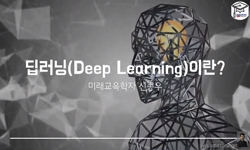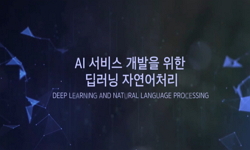As a primary technology of Industry 4.0, human-robot collaboration (HRC) requires additional measures to ensure worker safety. Previous studies on avoiding collisions between collaborative robots and workers mainly detect collisions based on sensors a...
http://chineseinput.net/에서 pinyin(병음)방식으로 중국어를 변환할 수 있습니다.
변환된 중국어를 복사하여 사용하시면 됩니다.
- 中文 을 입력하시려면 zhongwen을 입력하시고 space를누르시면됩니다.
- 北京 을 입력하시려면 beijing을 입력하시고 space를 누르시면 됩니다.
부가정보
다국어 초록 (Multilingual Abstract)
As a primary technology of Industry 4.0, human-robot collaboration (HRC) requires additional measures to ensure worker safety. Previous studies on avoiding collisions between collaborative robots and workers mainly detect collisions based on sensors and cameras attached to the robot. This method requires complex algorithms to continuously track robots, people, and objects and has the disadvantage of not being able to respond quickly to changes in the work environment. The present study was conducted to implement a web-based platform that manages collaborative robots by recognizing the emotions of workers – specifically their perception of danger – in the collaborative process. To this end, we developed a web-based application that collects and stores emotion-related brain waves via a wearable device; a deep-learning model that extracts and classifies the characteristics of neutral, positive, and negative emotions; and an Internet-of-things (IoT) interface program that controls motor operation according to classified emotions. We conducted a comparative analysis of our system’s performance using a public open dataset and a dataset collected through actual measurement, achieving validation accuracies of 96.8% and 70.7%, respectively.
동일학술지(권/호) 다른 논문
-
MediaPipe Face Mesh를 이용한 얼굴 제스처 기반의 사용자 인터페이스의 성능 개선
- 한국사물인터넷학회
- 목진왕
- 2023
- KCI등재
-
- 한국사물인터넷학회
- 이상호
- 2023
- KCI등재
-
- 한국사물인터넷학회
- 박승빈
- 2023
- KCI등재
-
비대면 학습환경에서 온라인 강의를 경험한 간호대학생들의 학습몰입, 학습만족도, 학업적 자기효능감, 학업성취도, 학업스트레스간의 관계연구
- 한국사물인터넷학회
- 양승애
- 2023
- KCI등재





 ScienceON
ScienceON






